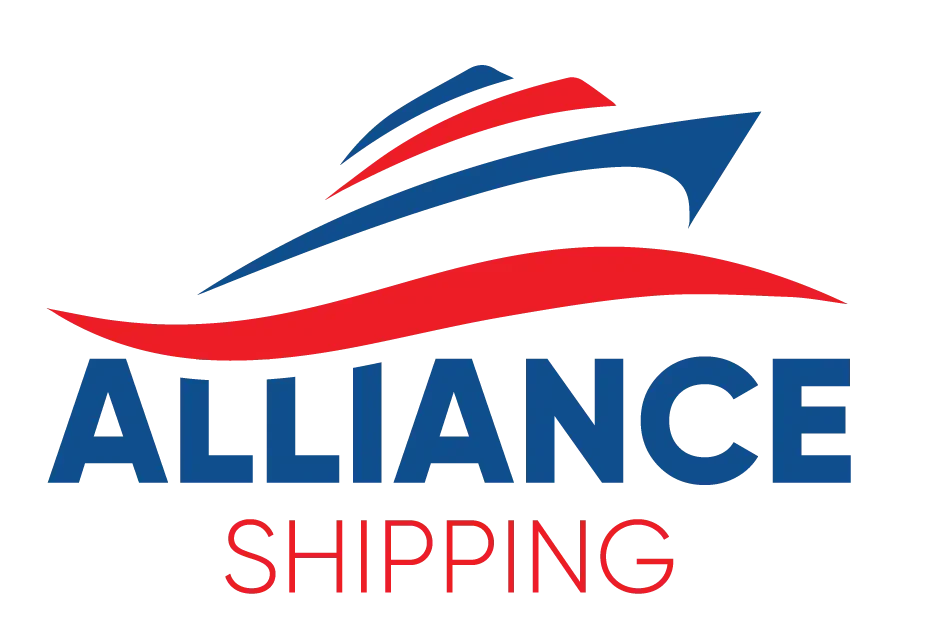Shipping Cargo from Iran to Brazil
Professional shipping solutions with competitive rates and reliable service. Your trusted
partner for Iran-Brazil cargo.

Overview
Shipping Cargo from Iran to Brazil
Iran has been actively increasing its export activities to Brazil, focusing on various product categories. Key exports include goods like food products, textiles, chemicals, and machinery. Trade between the two countries has been expanding, leading to a higher demand for shipping services. Cargo from Iran to Brazil is now supported by many logistics providers, offering reliable and efficient transport solutions. As trade growth continues, businesses are looking for streamlined ways to ensure timely delivery of their products.

Shipping Methods
How Cargo from Iran to Brazil Moves
Air freight is the fastest way to send cargo from Iran to Brazil. While it may be more expensive compared to other methods, it is highly suitable for time-sensitive shipments or smaller consignments. If urgency is crucial, air freight is the ideal choice, offering quick transit times.
Sea freight offers a more budget-friendly option for transporting cargo from Iran to Brazil. Though slower than air freight, it is well-suited for large, bulky shipments and goods that do not require immediate delivery. If cost efficiency is a priority and time is not a constraint, sea freight is the best option.
Shipping Cargo from Iran
Shipping Cargo from Iran to Brazil involves a journey across the globe, connecting two diverse economies. Iran, rich in oil, natural gas, and petrochemicals, exports these products to Brazil, which is known for its coffee, soybeans, and sugar. The trade between these two countries is vital for their economic growth, as it allows them to exchange goods that are abundant in one country but scarce in the other. Shipping Cargo from Iran to Brazil requires careful planning and coordination, as it involves crossing multiple seas and passing through important chokepoints like the Suez Canal. This trade route not only strengthens economic ties but also fosters cultural exchange between the two nations, making it an essential part of their international relations.
Shipping cargo from Bandar Abbas to Brazil
Shipping cargo from Imam Khomeini to Brazil
Shipping cargo from Bushehr to Brazil
Shipping cargo from Chabahar to Brazil
Shipping cargo from Khorramshahr to Brazil
Cargo Types
Popular Products in Cargo from Iran to Brazil
A major part of the cargo from Iran to Brazil includes petrochemical products such as ethylene, methanol, and urea which are used in various industries.
Iranian pistachios, dates, and other dried fruits and nuts are highly sought after in Brazil, making them a common cargo item.
Known as 'red gold', Iranian saffron is exported to Brazil due to its high quality and culinary uses.
Iran's fine textiles and traditional Persian carpets are popular exports, appreciated for their craftsmanship and designs.
Pharmaceuticals and medical products are also shipped from Iran to Brazil, contributing to healthcare needs.
Documentation
Paperwork for Cargo from Iran to Brazil
- Commercial Invoice
- Packing List
- Bill of Lading
- Certificate of Origin
- Insurance Certificate
- Customs Declaration Form
- Export License (if applicable)
- Proforma Invoice
Ensure all documents are complete and accurate, work with a reliable logistics partner familiar with Brazil customs, and ensure compliance with both Iranian and Brazilian regulations to avoid delays.

Cost Estimation
Understanding Shipping Costs from Iran to Brazil
Shipping Cost Factors
Shipping prices from Iran to Brazil hinge on several aspects. Recognizing these elements can aid in gauging costs and choosing effective shipping options.
-
Cargo Weight and Volume
The heavier or bulkier your cargo, the higher the cost, as it requires more resources and space.
-
Transit Time Requirements
Faster shipping methods, like air freight, are more expensive compared to slower options like sea freight.
-
Distance and Route
Longer distances and complex shipping routes can result in higher shipping costs due to increased fuel and labor.
-
Shipping Mode
Air freight costs more than sea shipping, but is much faster. Sea freight is economical for larger shipments without time constraints.
-
Insurance and Handling Fees
Additional costs like insurance, loading, unloading, and customs clearance can increase the total expense.

FAQ
Common Questions About Cargo from Iran to Brazil
The estimated shipping time for cargo from Iran to Brazil typically ranges from 25 to 45 days, depending on the shipping method and the route taken.
The necessary documentation includes a commercial invoice, packing list, bill of lading/airway bill, and any relevant certificates of origin or compliance. Additional documents may be needed based on specific cargo types.
Certain goods may be restricted or require special permits. It's essential to check both Iranian export regulations and Brazilian import standards to ensure compliance with all applicable laws.
The most common methods are sea freight and air freight. Sea freight is cost-effective for large shipments, while air freight is faster but more expensive.
Research and compare different freight forwarders based on their experience with Iran-Brazil routes, customer reviews, and pricing to find a trustworthy partner.
Factors include the size and weight of the shipment, chosen shipping method, current market rates for freight, and any additional services required, like insurance or customs clearance.
While not mandatory, having insurance is highly recommended to protect your goods against potential damage, loss, or delays during transit.
Most freight forwarders provide tracking services, allowing you to monitor your shipment online. You will typically receive a tracking number once your cargo is dispatched.
Get Started
Getting Started with Alliance Shipping

Need help moving cargo from Iran to Brazil? It can be challenging to navigate international shipping logistics, tariffs, and customs regulations. The unfamiliarity with routes and the complexity of required documentation often lead to confusion and delays, leaving businesses unsure of the best way to transport their goods efficiently.
Alliance Shipping is your solution, offering reliable and streamlined services for moving cargo internationally. We’re here to help you ship cargo with ease, managing all aspects from documentation to delivery. Let us handle the details for you—contact us today to start your shipping journey!

